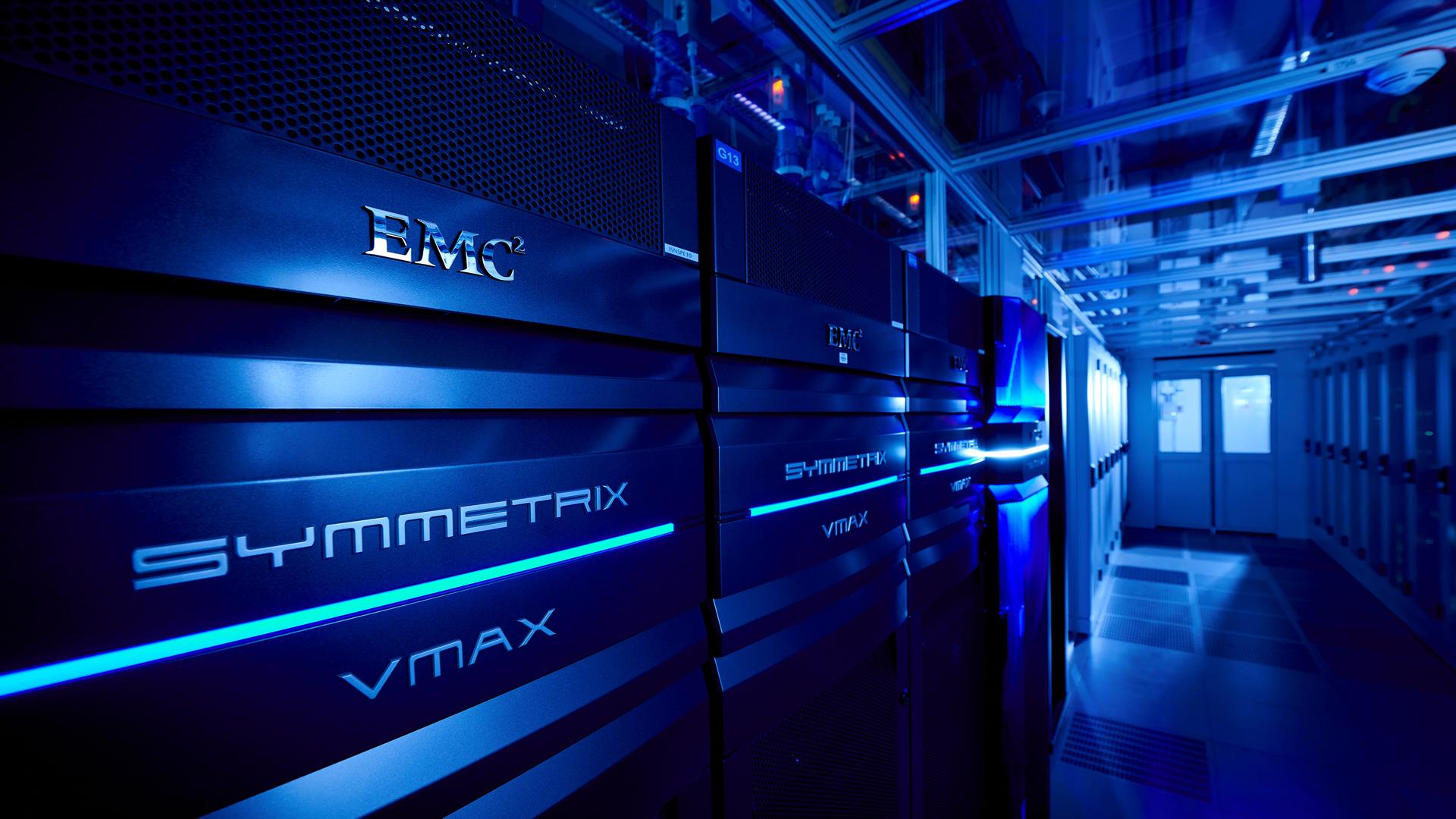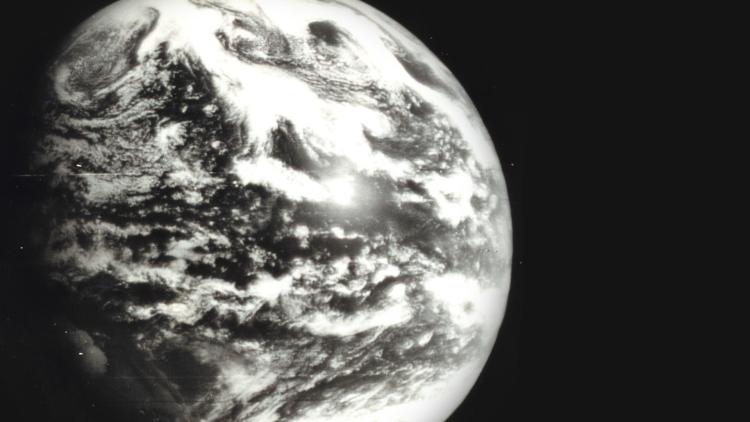
EUMETSAT to explore new artificial intelligence approaches
New strategy will guide the exploration of how cutting-edge approaches can enable EUMETSAT to best meet users’ needs


EUMETSAT’s Dr Paolo Ruti explains the key components of the plan and the steps to make it a reality.
Machine learning, a form of artificial intelligence, will accelerate the use of large datasets in order to improve the way meteorologists reconstruct the 3D structure of a cloud or estimate ocean surface winds.
Both artificial intelligence and machine learning approaches are already beginning to be used in the space sector and so EUMETSAT is intent on exploring how to best apply them in the future.
“Our mandate is to facilitate the dissemination and usage of data,” said Dr Paolo Ruti, EUMETSAT’s chief scientist.
“Artificial intelligence and machine learning techniques are a way to do that more easily and efficiently, so we are investing in that direction.”
This is especially important as the amount of data EUMETSAT processes and disseminates to users is rapidly increasing. The first of the cutting-edge Meteosat Third Generation satellites, set to be launched by the end of the year, will generate approximately 50 times more data than Meteosat Second Generation. This substantially greater volume of data necessitates more advanced processing techniques, which is one crucial area where artificial intelligence and machine learning approaches could be applied.
Advantages for weather forecasting and climate monitoring
For the initial phase of this new strategy, to be carried out from 2023 to 2025, EUMETSAT has chosen four key areas to explore.
One is to find out how artificial intelligence and machine learning approaches can best be applied in the field of nowcasting – the forecasting of immediate weather – an area the EUMETSAT Satellite Application Facilities have already started to investigate.
“Timeliness is essential for nowcasting,” explained Ruti. “For example, localised thunderstorms, which can develop in less than an hour, require meteorologists to quickly integrate satellite, radar, and other types of data in order to issue forecasts that prevent the loss of lives and property. This is one area in which artificial intelligence and machine learning approaches can be extremely useful.”
A second area focuses on making the best use of the long series of satellite data EUMETSAT has already collected, some of which stretches back over 40 years. Artificial intelligence and machine learning techniques could enable the reinterpretation of existing time series datasets in order to derive new parameters that could be used by climatologists to better understand the evolution of the climate.
A third area involves optimising the processing of satellite data. Once satellite data is collected, EUMETSAT uses a variety of complex algorithms to process that data, in effect transforming them from their very basic form into a more advanced one that can be better integrated by users.
“There’s a big space between what satellites observe and what EUMETSAT offers to its users,” Ruti said.
“One of EUMETSAT’s primary objectives is to fill this big space. We can do this because we know the physics, we understand the measurements, and we produce the algorithms used to process the data. This is another area in which artificial intelligence approaches are starting to be used and could allow us to further improve our ability to exploit satellite data.”
A fourth area focuses on how artificial intelligence and machine learning methods could be used to better identify users’ needs themselves and to support innovative projects. Different streams of data could be combined to meet users’ needs in a range of critical areas such as renewable energy, agriculture, and air quality.
The path forward
In order to implement these innovative approaches, EUMETSAT Member States will be invited to propose artificial intelligence and machine learning projects for two fellowships – one to be filled by an existing fellow and one by a new fellow.
In addition, it is critical that the wider Earth observation community better understands the potential that artificial intelligence and machine learning approaches hold. One way to achieve this would be to set up training activities to enable key users including scientists and technical experts to build on the knowledge they acquired at the Artificial Intelligence for Earth Monitoring Massive Open Online Course (MOOC), held in October 2021.
At its core, this strategy is driven by EUMETSAT’s never-ending mission to best serve the needs of its users.
Author:
Sarah Puschmann



